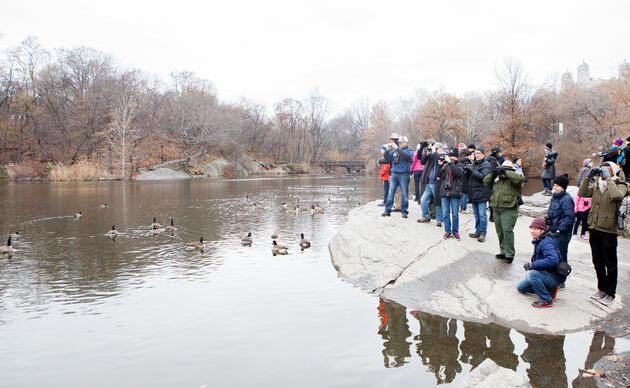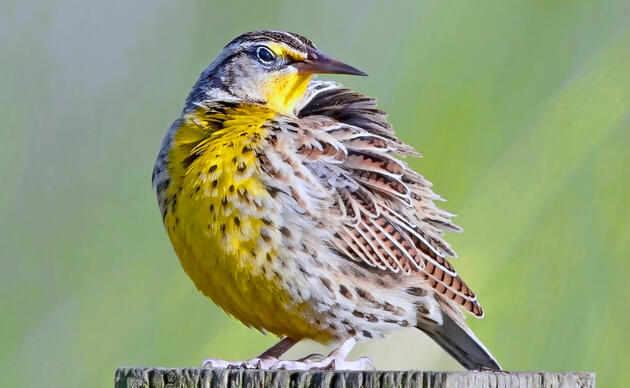Rowe Sanctuary Wildlife Viewing Dedication

On April 4, 2018, Audubon dedicated a new wildlife viewing area at Rowe Sanctuary. The pull-out area is located on Elm Island Road, just west of the Iain Nicolson Audubon Center, overlooking a wet meadow and portion of the south channel of the Platte River.
The viewing area provides ample parking and features a viewing fence through which guests can watch cranes that commonly use the meadow for feeding and as a loafing area. Interpretive signage at the viewing area provides information about cranes and the importance of wet meadows for birds and other wildlife.
Audubon recognized an extensive list of partners who helped protect and restore the wet meadow and create the new wildlife viewing area. Audubon’s partners on the project were the Nebraska Environmental Trust, Nebraska Wildlife Conservation Fund, Nebraska’s Natural Legacy Project, Nebraska Game and Parks Commission, Platte River Recovery Implementation Program, Central Platte Natural Resources District, National Fish and Wildlife Foundation, U.S. Fish and Wildlife Service, Partners for Fish and Wildlife, Ducks Unlimited, The Nature Conservancy, Main Street Design, and Prairie Plains Resource Institute.
“This project isn’t unique,” stated Autumn Taddicken, Rowe’s Project Manager. “Nearly every conservation success on the Platte River is a story about conservation organizations, government agencies, private landowners, donors, volunteers, business, media, and community members coming together to create positive outcomes for wildlife.”
According to Audubon, only 10 percent of wet meadows remain in the central Platte River region. “Most have been converted to agriculture, sand and gravel mines, and housing developments,” Taddicken stated. “These meadows are important habitat for cranes, waterfowl, grassland birds, and many more animals and insects. They are rich with diversity and important to a healthy river ecosystem. We hope more people will come out to Iain Nicolson Audubon Center to experience the beauty of the Platte River ecosystem year-round.”
How you can help, right now
Support Rowe Sanctuary
Help us continue our important work for Sandhill Cranes and other birds that rely on the Platte River ecosystem!
Support Spring Creek Prairie
We are able to provide and protect this amazing landscape only with the help of private donations. Help us keep the trails open and the prairie thriving!
Support Audubon in the Great Plains
Support our work with local landowners, urban woods and prairies, and education programs in Nebraska and the Dakotas!




